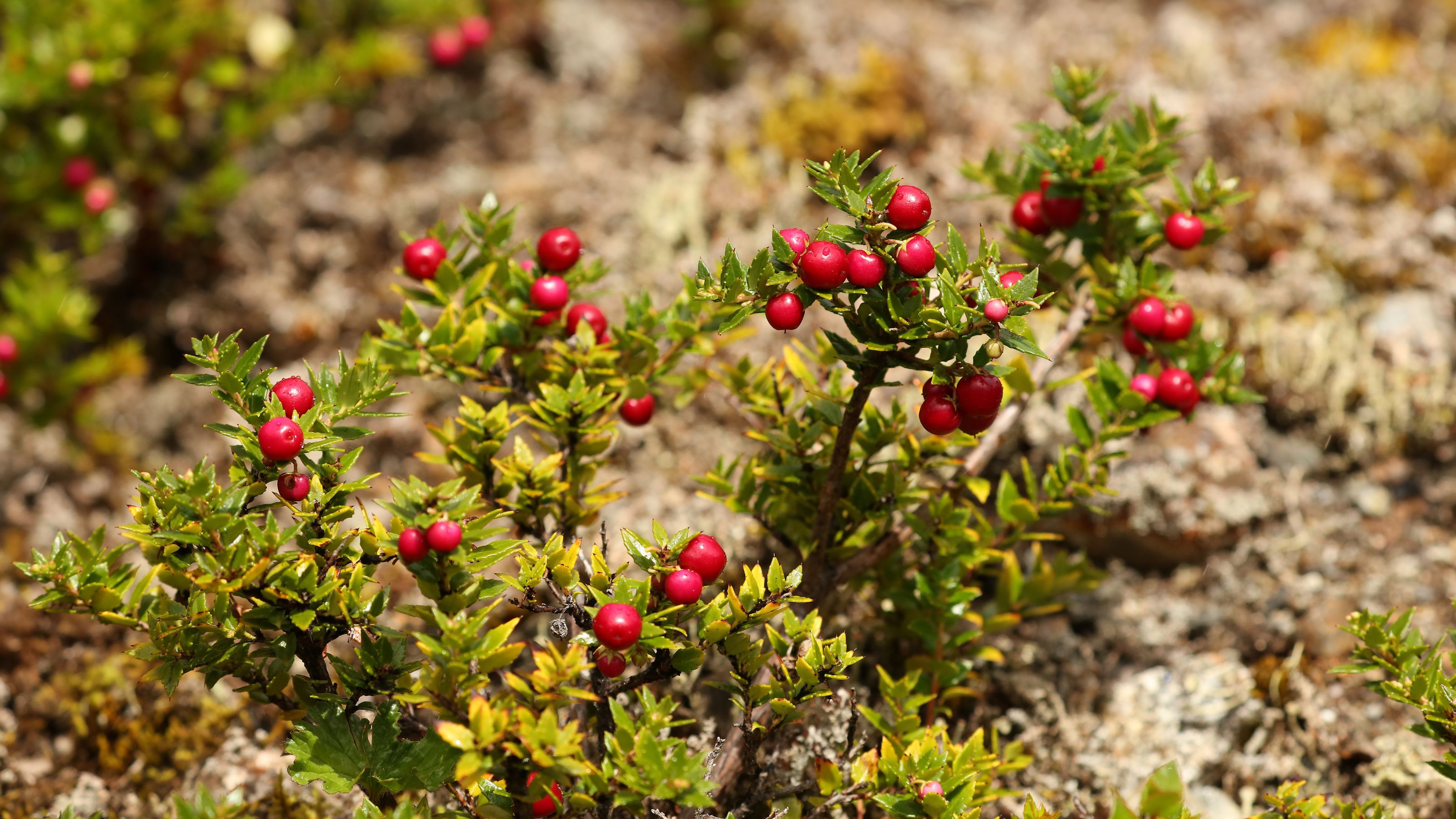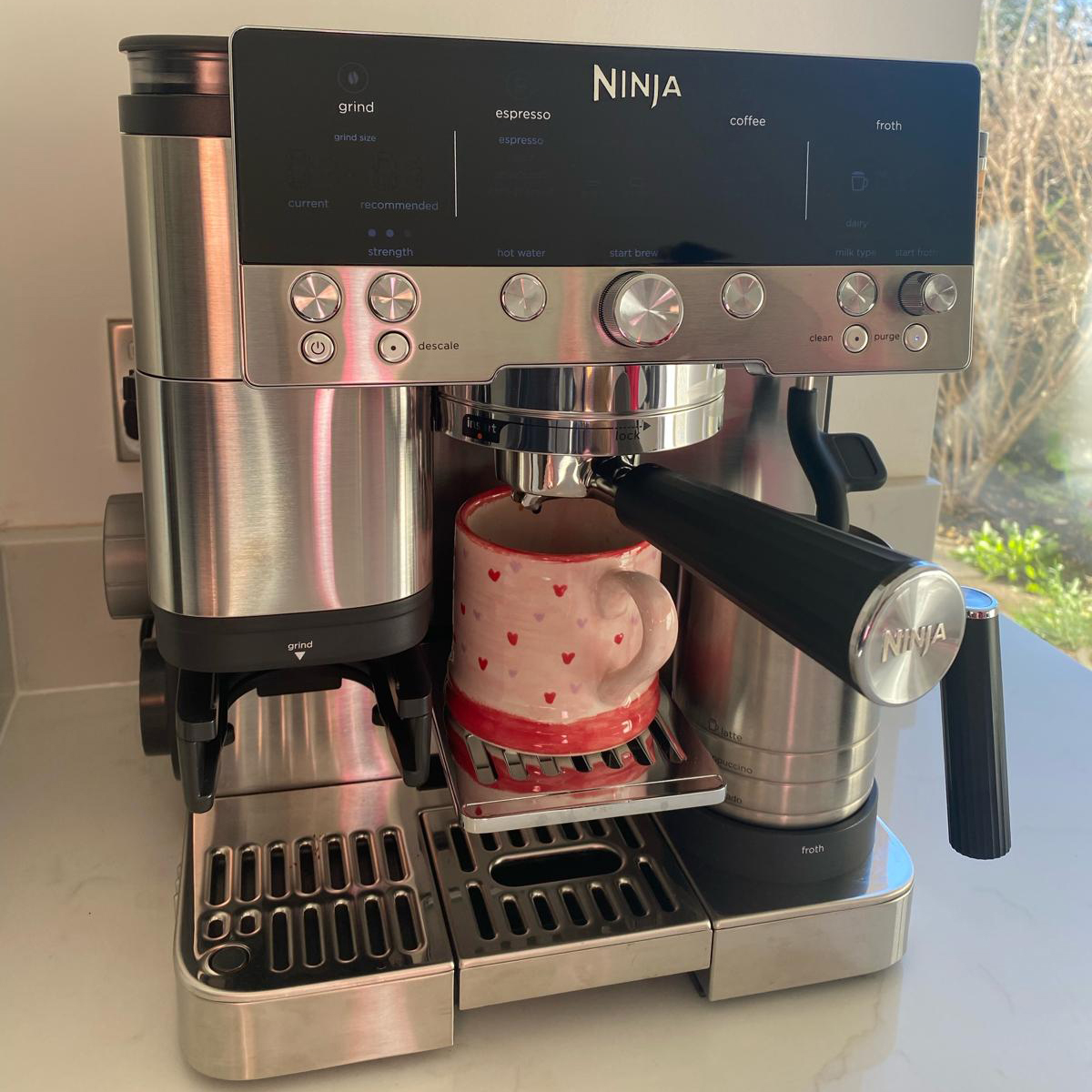How to grow Chilean guava for a beautiful evergreen with surprisingly delicious berries
Pretty flowers and tasty fruit on a hardy shrub? No wonder gardeners have fallen for Chilean guava...


It's surprising that so few of us have learned how to grow Chilean guava already. Also known as the New Zealand cranberry, this evergreen shrub is one of those plants that ticks every box going – pretty to look at, tasty to eat from, and incredibly easy to grow.
Once upon a time, this evergreen plant was said to be one of Queen Victoria's favourite edimentals. The dark red berries look like blueberries, but they taste a lot more like strawberries (albeit with a spicy kick).
All that being said, you'll need to brush up on your overwintering skills if you really want this one to thrive, particularly in light of the summer and autumn we've just had.
'Chilean guava sounds like a plant that won’t grow so well in the UK, but in fact it’s a lovely plant to grow here, and, despite being unlikely to get big fruits, smaller berries can be harvested and they taste really good,' promises Morris Hankinson, director of Hopes Grove Nurseries.

Morris Hankinson is the founder and managing director of Hopes Grove Nurseries Ltd, the UK’s only specialist grower-retailer of hedging plants. He established the thriving business in 1992, shortly after graduating with a Commercial Horticulture Degree from Writtle College, Essex.
'Growing new and unusual plants is such a joy and harvesting homegrown fruits that aren’t readily available in the shops is fun!' he continues.
'It’s a nice, neat and easy to grow shrub, perfect for planting in pots, so it’s definitely worth a place in your container garden!'
What you will need
While you can grow Chilean guava from seed, it's a slow-growing evergreen, so it will take a long time to produce fruit.
With that in mind, then, it's easier to start with a plant, which you can propagate from cuttings or by layering. The Chilean guava 'Flambeau' variety (available from Crocus) is a great shout, as its colourful evergreen foliage and pretty, pinkish white flowers make for a welcome burst of brightness in any garden.
Better still? It's borderline hardy, so you'll only need frost protection in colder spots.
Once you've got your plant, you'll also need:
- A large planter with drainage holes, such as the Temesso Wooden Planter for Garden Decoration from Amazon
- A trowel or garden fork
- A watering can or soaker hose
- A good liquid feed (try the Maxicrop Original Seaweed Extract Organic Plant Growth Stimulant from Amazon)
Step-by-step guide
Once you've gathered all of your tools together, it's time to learn how to grow Chilean guava in earnest. Here's what the experts advise...
1. Find a good spot
The first thing you need to do when growing Chilean guava is to figure out where you're going to put it.
'You'll want to plant it in a sunny or partially shaded spot, preferably sheltered from strong winds,' says Christopher O'Donoghue, co-director at Gardens Revived.

An RHS-trained gardener with almost two decades of experience under his belt, Christopher set up Gardens Revived with his brother, Andrew, in 2018 to create a thriving family business. Together, they have worked on residential gardens, listed buildings and gardens, flower shows and large estates with some exceeding 70 acres – many with historical significance.
'A south-facing wall can provide extra warmth,' he adds, noting that it's a good idea to consider planting your Chilean guava in a pot, as it will allow you to more easily move it for overwintering purposes.
'You'll need a large planter with drainage holes to prevent waterlogging.'
2. Prep the soil
The next chapter in our How To Grow Chilean Guava 101 guide is simple enough: prep the soil!
'You'll want to make sure the soil is well drained and well prepared with plenty of well-rotted organic matter,' says Morris.

Christopher adds that 'Chilean guava prefer well-drained, slightly acidic soil (pH 5.5 to 6.5). In the UK, so you may need to amend your soil with ericaceous compost.'
You can use something like the Sonkir Soil pH Meter from Amazon to test your soil's pH. And you may, once you've planted your Chilean guava, like to boost its quality of life by mulching around it, too.
3. Show it some TLC
As mentioned already, it's incredibly easy to learn how to grow Chilean guava – largely because it needs so little in the way of maintenance.
'It will need to be watered much like other container-grown plants, as well as fed throughout spring and summer with an organic liquid feed,' says Morris. 'It will need very little else, including pruning, although a light trim can keep it in shape.'
4. Keep it cosy
If you're learning how to grow Chilean guava in warmer regions of the UK, you'll be pleased to learn that this tasty plant can usually survive mild winters, so long as you protect it from frost with fleece or by mulching the base heavily.
'In colder regions, it's a good idea to move potted plants to a greenhouse or indoors for the winter months,' adds Christopher.
5. Be patient
Anyone who's learned how to grow Chilean guava will tell you, in no uncertain terms, that those beautiful berries ripen slowly over the autumn.
'Try not to pick them too early,' says Christopher, who adds that they will deepen in colour before they're ready to go. 'Leave them on a little longer than you would expect, and be sure to taste the first few as you pick them, to determine if they're ripe enough!'
FAQs
How to grow Chilean guava in the UK?
'Chilean guava (Myrtus ugni) is an evergreen shrub that can grow to about 1m,' says Morris Hankinson of Hopes Grove Nurseries. 'If you want to grow it in the UK, you need a sunny, warm spot in the garden where it will be sheltered from colder weather, downpours and wind.'
Adding that it will fare even better if you have a greenhouse or conservatory to grow it in, Morris notes that choosing to plant your Chilean guava in a large container is a great idea, particularly if your garden is particularly cold and wet in winter, as it will allow you to bring it inside.
Which month is best to plant Chilean guava?
If you're not sure which month is best to plant Chilean guava, Christopher O'Donoghue of Gardens Revived advises you plant in spring after the risk of frost has passed.
'The flowers should bloom in May and June, but it's those tasty berries you'll want to hold out for,' he adds, noting that these should appear in the autumn.
While Chilean guava fruits usually grow to the size of a tennis ball, Morris says that they are likely to be much smaller in the UK.
'Harvesting the berries in the autumn is still worth it, though, for the edible sweet, strawberry x tropical flavour which can be used in baking, jams and any other fruity dish,' he adds.
And just like that, we absolutely need to try a Chilean guava berry.
Get the Ideal Home Newsletter
Sign up to our newsletter for style and decor inspiration, house makeovers, project advice and more.

Kayleigh Dray became Ideal Home’s Acting Content Editor in the spring of 2023, and is very excited to get to work. She joins the team after a decade-long career working as a journalist and editor across a number of leading lifestyle brands, both in-house and as a freelancer.
-
 My go-to Ninja coffee machine is on sale for Easter weekend
My go-to Ninja coffee machine is on sale for Easter weekendIt makes coffee shop quality achievable at home
By Molly Cleary
-
 When to plant out annual flowering plants for vibrant, colourful garden borders – and give them the best start, according to experts
When to plant out annual flowering plants for vibrant, colourful garden borders – and give them the best start, according to expertsNot sure when to plant out annual flowering plants? We've got you covered...
By Kayleigh Dray
-
 I'm a kitchen decor editor and didn't like this tableware trend - until I saw H&M Home's designer-look plates
I'm a kitchen decor editor and didn't like this tableware trend - until I saw H&M Home's designer-look platesThey made it easy to justify a new crockery set
By Holly Cockburn